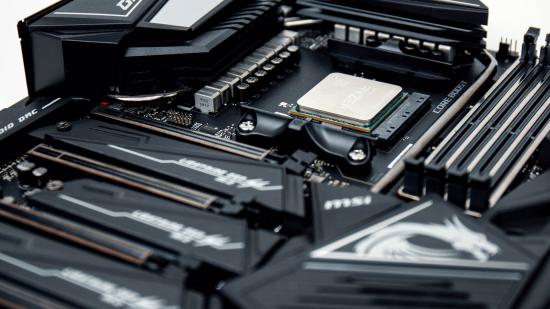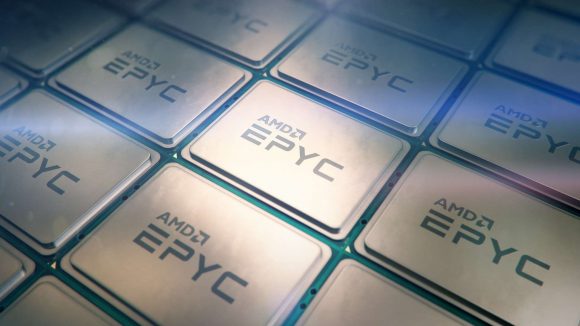If AMD wants to continue its unprecedented growth, it’s going to have to start trusting that people will buy its products on performance and not just on price. Because despite the change in AMD’s share price this year – an incredible increase of 86% from this time in 2018 – Wall Street analysts remain neutral about the potential further growth of the company’s stock. Or maybe it’s precisely because of that huge growth that investment experts are wary of getting too excited about the chipmaker’s incredible performance under the stewardship of Dr. Lisa Su.
The notion at the moment seems to be that the $40 mark is where AMD’s stock price is going to stick for the foreseeable. That’s in spite of the company’s continually extending product roadmap offering more powerful server silicon, more advanced consumer CPUs, and the innards of a pair of next-gen consoles which are likely to dominate the all headlines around the second half of 2020.
Part of the problem, one industry analyst suggests, is that AMD is just selling its product far too cheaply. The contention is that the traditional strategy of undercutting the competition is great for the short term, when you’re trying to build momentum and steal market share from the competition, but when your position is more established and you can demonstrate you have the technology lead, you need to capitalise on that by raising the price. It’s not just on the server side either, AMD has the best CPUs for gaming around right now.
The analysis on SeekingAlpha was prompted by Baird analyst, Tristan Gerra, confirming a neutral rating on AMD.
“AMD is a market share growth and turnaround story, with gains both in PCs and in the higher-margin data center market with Epyc,” says Gerra to Baird clients. “However, high stock valuation, a seasonally weak first-half 2020, ongoing macro risks, and a more aggressive ramp from Intel as it recovers from shortage issues, keep us on the sidelines with a neutral rating.”
While it’s share price is strong at the moment it’s profit margin is on the slide. It’s investing heavily in product, and that’s what’s caused the huge turnaround in its share price, but that’s not necessarily translating into huge profits for the company at large. The suggestion then is that is not a sustainable model.
With the EPYC server chips showing a considerable lead over the Intel competition from a technology standpoint, and offering that extra performance for a far lower price, AMD is definitely gaining market share. But with such a difference in price/performance ratios against Intel even a modest price correction would still make it a more favourable option in the face of the competition, while also having a genuine impact on the company’s profits.
Basically, AMD doesn’t actually need to keep undercutting the competition by so much anymore, at least not on the CPU side. Sure, when it was struggling to match the performance of Intel that was a sensible strategy, but now it can demonstrate a technological lead AMD needs to change the way it’s thinking and find a way to get itself away from the ingrained idea of being the cheap option.

